In fast-paced industrial operations, loading trucks efficiently and safely is essential for minimizing product damage, maximizing space, and maintaining delivery timelines. Yet, one of the most overlooked aspects of logistics is the human element—especially when it comes to training material-handling employees. Errors during loading can result in costly delays, damaged goods, and even worker injuries.
In this guide, we explore how training material-handling staff can significantly reduce errors, with a focus on ergonomic practices, material handling equipment, and safety protocols.
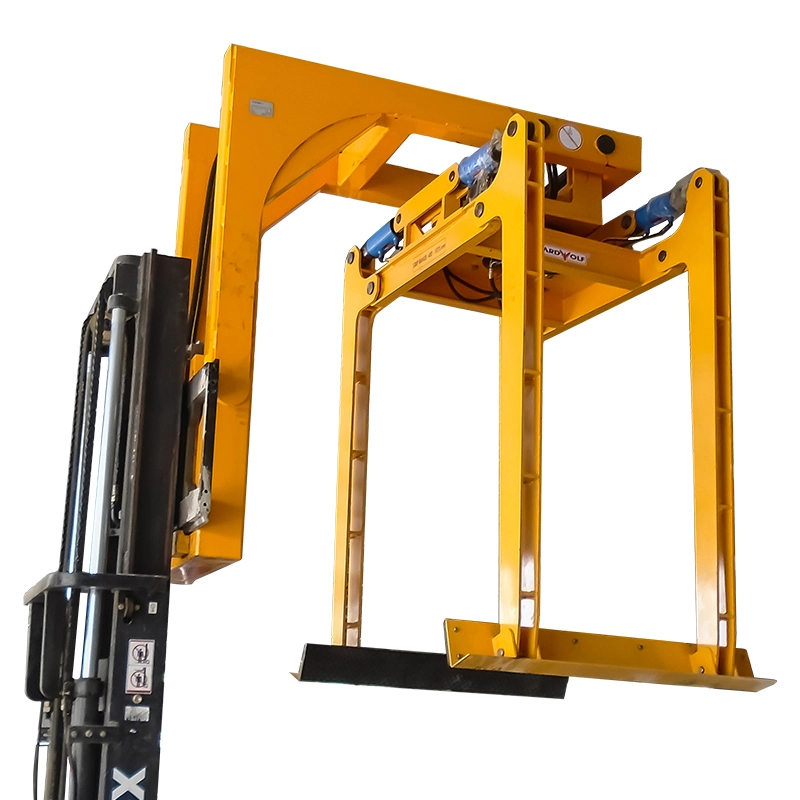
Table of Contents
ToggleWhy Training Matters in Truck Loading
Truck loading is not just about muscle—it’s a science. Every package or pallet represents a balance of weight, dimensions, and order of delivery. Improper stacking, incorrect sequencing, or failure to secure loads can lead to:
- Cargo shifting during transit
- Inventory misplacement
- Worker injuries
- Damaged equipment or goods
Material handling training programs are essential in eliminating these risks by ensuring that employees are equipped with the skills, knowledge, and tools to perform efficiently.
Common Errors in Material Handling During Truck Loading
1. Lifting Heavy Loads Incorrectly
Without ergonomic training, workers may bend or twist improperly, leading to injury.
2. Using the Wrong Equipment
Forgetting to use or misusing manual material handling tools, forklifts, or conveyors for material handling creates bottlenecks and damage.
3. Poor Load Distribution
Failing to understand load balance can lead to truck tilting or accidents during transportation.
4. Not Following Safety Protocols
Ignoring material handling safety standards increases the likelihood of both minor and severe accidents.
How to Train Employees for Safe and Efficient Loading
1. Ergonomic Training
Teach workers to lift with their legs—not their backs—especially when handling objects below knee level or oversized loads.
🔗 Loose Clothing Is Best to Wear When Handling Material?
Incorporate hands-on sessions focused on safe lifting techniques and postural awareness.
2. Familiarize Workers with Equipment
Provide operational training on key material handling equipment such as:
- Material handling carts and trolleys
- Forklifts for material handling
- Overhead material handling systems
- Cranes and hoists
- Warehouse material handling equipment
Let them practice using tools like Aardwolf slab lifters or vacuum lifters under supervision to build confidence.
3. Role-Based Certifications
Assign training based on job duties. A stone fabricator may need in-depth lifting clamp training, while logistics staff might need conveyor operation guidance.
Encourage certified completion for each role to comply with OSHA and company safety standards.
4. Load Planning Simulations
Use simulated environments to teach sequencing, stacking techniques, and how to handle bulk material handling systems and pallet placement. This helps workers visualize the best practices before applying them on the floor.
🔗 Which Conveyor Is Used for Handling the Bulk Material?
5. Emphasize Communication & Team Coordination
Effective material handling during loading requires synchronized efforts. Train staff on:
- Verbal and hand signals
- Radio protocol
- Identifying hazardous zones
- Coordinating automated material handling systems with human workflows
Best Practices to Minimize Errors in Truck Loading
Use Appropriate Equipment for the Job
- For large or heavy slabs, use a vacuum paver lifter
- For tighter spaces, use jib cranes or manual material handling tools
- In high-volume warehouses, integrate automated material handling systems
Establish Clear SOPs
Standard Operating Procedures should cover:
- Loading sequence based on delivery order
- Weight limits per area of the truck bed
- Use of restraints and dunnage
- Designated equipment usage zones
Train for Industry-Specific Challenges
For example:
- Pharmaceutical material handling systems require hygiene protocols.
- Material handling in food industry demands cold chain awareness.
- Material handling for manufacturing may involve bulky machinery with awkward dimensions.
- Material handling in construction often involves rough terrains and safety zone awareness.
Benefits of Training Employees in Material Handling
| Benefit | Impact |
|---|---|
| Fewer Injuries | Reduced medical costs, fewer worker absences |
| Higher Accuracy | Improved delivery timelines, fewer damaged goods |
| Increased Morale | Confidence with equipment, reduced physical strain |
| Better Retention | Skilled staff are more engaged and likely to stay |
Integrate Modern Solutions
To support training:
- Use material handling system suppliers to consult on layout and process optimization
- Access used material handling equipment for sale for training simulations
- Partner with material handling equipment manufacturers to deliver hands-on demos
- Incorporate material handling system design considerations into floor layouts
Final Thoughts: Training as a Competitive Advantage
Properly trained material-handling employees are a hidden asset in any logistics or manufacturing operation. By investing in education, ergonomics, and the right tools, businesses can reduce costly errors and protect both workers and goods.
For more insights, explore:
🔗 What Is Material Handling?
🔗 How Does Material Handling Impact the Human Labor Force?
Looking to improve your facility’s truck loading operations? Start by investing in industrial material handling solutions, customized training, and ongoing skill development.

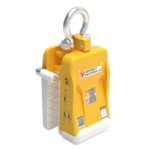
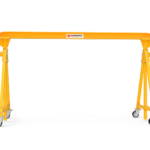
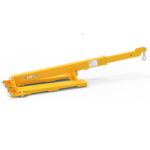

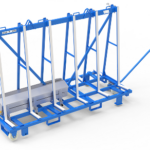

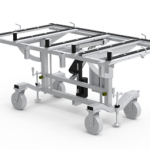

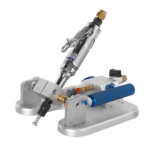
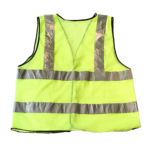

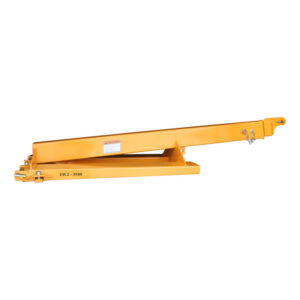
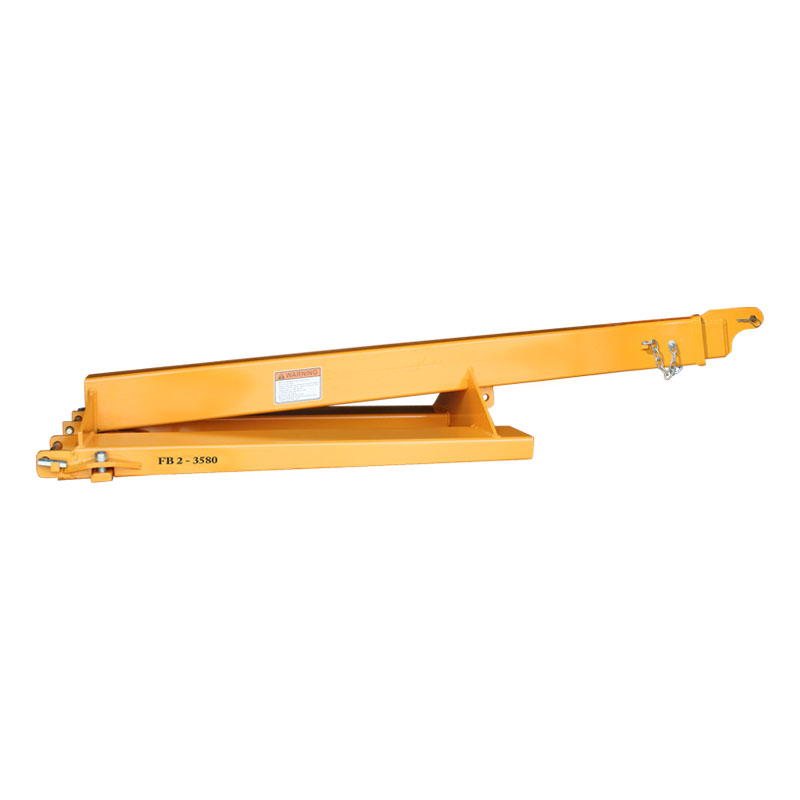
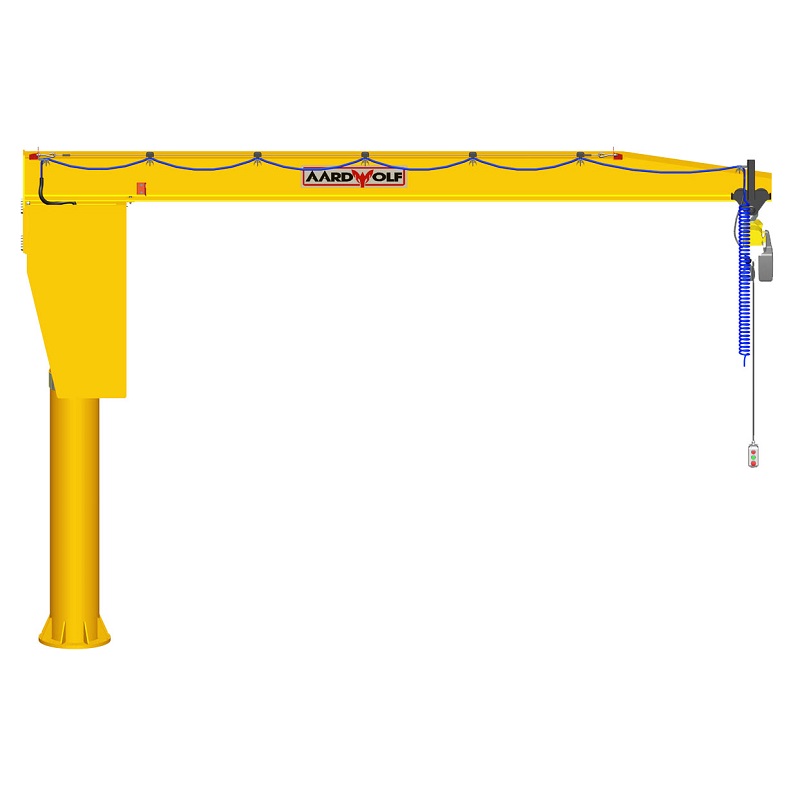
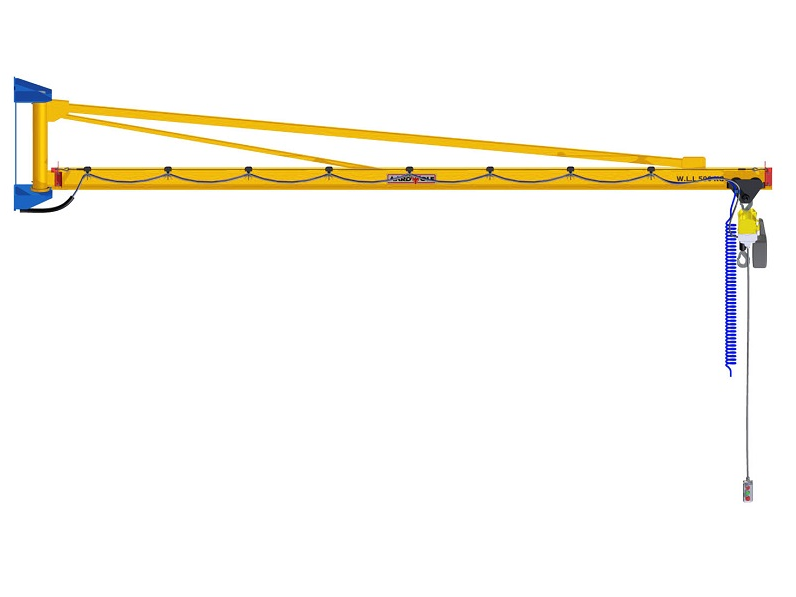

Please log in to leave a comment.